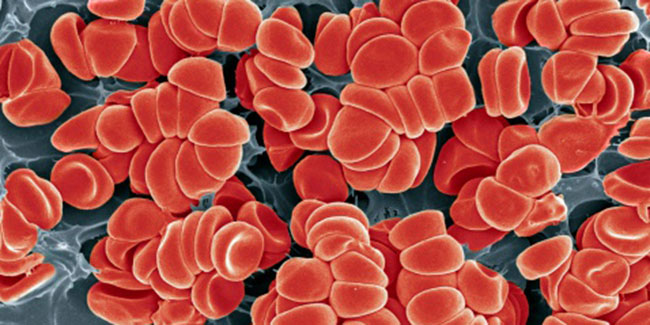
Blood clots, also called blood thrombosis, that form in your legs, arms and groin can be fatal if they travel to your heart, lungs and brain. Listed below are some ways in which you can prevent deadly blood clots, but before you do that, take a look at their causes that can be avoided or corrected with some preventive measures.
Table of Content:-

Causes of blood clots
Immobility and inactive life are the main reasons behind blood clots, however, there are other conditions that may make you susceptible to blood clots.
- If you are 65 and above.
- Have recently undergone surgery.
- If you take artificial hormones, such as contraception pills.
- Have a medical history of cancer or are being treated for it.
- Obesity.
- Stroke or any other coronary ailment.
- Paralysis.
- If you have had varicose veins or bad veins.
- If you have had blood clots.
- Family history of blood clotting.
- Prolonged sitting hours sans break.
Along with learning the manifold causes of blood clots, here are some tips to halt the onset or development of blood clots.
- Encouraging optimal blood flow is a prerequisite to blood clot prevention. Thus, exercise regularly to increase heart rate and improve blood circulation in your body. Even engaging in low-impact exercises, such as swimming and jogging can decrease the danger of formation of blood clots and their complications.
- If you have been bedridden from a long time or are unable to move around, you’re highly vulnerable to blood clotting. To reduce your risk, ensure that you regularly raise your feet six inches above the level of your heart. This will allow blood flow to the back and lower body.
- Never become stagnant on a bed or a chair unless you’re been advised bed rest. Take walk breaks in between if you’ve to sit for long hours. If you’re travelling in an aeroplane or train, change your position after every 15-20 minutes.
- Never neglect pain or numbness in your legs. If your legs or feet swell every now and then or your skin colour changes to a reddish or purplish colour, get your legs examined by a doctor.
- Blood thickens due to lack of fluids in the body and leads to slow or reduced blood flow. This aggravates the chances of formation of blood clots. Drink plenty of water to prevent thickening of the blood.
- Skin-tight clothes may also obstruct the free flow of blood. Therefore, wear comfortable clothing. Tight shoes may also hinder blood flow to your feet and you’ll notice deep reddish lines on your feet after you remove the shoes. These marks indicate obstructed blood circulation.
Talk to your physician if you frequently experience leg cramps during the night; they may also indicate the formation of blood clots.
Image Source: Getty
How we keep this article up to date:
We work with experts and keep a close eye on the latest in health and wellness. Whenever there is a new research or helpful information, we update our articles with accurate and useful advice.
Current Version